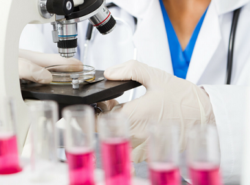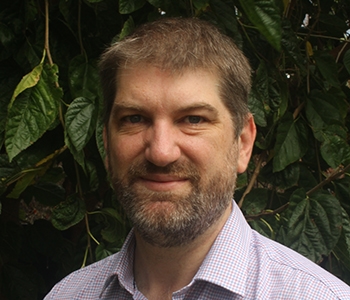
Advancing breast cancer screening with the use of cutting-edge technologies
Published: 04/30/24 8:26 AM

Luke Marinovich
Project Description:
Breast cancer screening mammograms (2-dimensional mammograms) are read by at least two independent radiologists to identify abnormal tissue for further assessment. Mammography has been in use since population breast cancer screening began in Australia over three decades ago; however, recent developments in technology show promise for further improving breast cancer detection. In this NBCF-funded study Dr Luke Marinovich and colleagues will evaluate two new technologies that could transform breast cancer screening, artificial intelligence (AI) and digital breast tomosynthesis (3-dimensional imaging). With the use of previously acquired mammograms the cancer detection abilities of AI will be assessed and methodologies for future studies improved. Digital breast tomosynthesis will be evaluated as a supplement to 2-dimensional mammograms in an Australian trial, which is the first of its kind. Moreover, the accuracy of AI in interpreting digital breast tomosynthesis will be investigated.
Why is this work needed:
Research shows that population breast cancer screening leads to a decrease in breast cancer-related deaths. This is attributed to early diagnosis when treatment is more effective. However, some breast cancers can be missed. Implementation of AI and digital breast tomosynthesis in a population screening setting could potentially reduce the number of cancers missed.
Expected outcomes:
Successful outcomes of this study will provide robust evidence for the implementation of new breast cancer screening technologies in an Australian population setting. The use of both AI and digital breast tomosynthesis have the potential to increase early detection and ultimately improve outcomes for breast cancer patients.
Project description:
Breast cancer screening mammography has been standard practice in Australia for more than three decades and the effectiveness of the breast screening program is evident in the reduction in breast cancer related deaths. However, recent advancements in technology show promise for furthering the benefits of population breast cancer screening in Australia. Artificial intelligence (AI) which uses trained computer programs to read mammograms, and digital breast tomosynthesis, an advanced form of breast imaging which generates 3-dimensional images of the breast, are two new technologies that could transform breast cancer screening.
Dr Luke Marinovich and colleagues from The Daffodil Centre (University of Sydney) have previously shown in a proof-of-concept study that cancer detection could increase if AI was used by identifying breast cancers that may be overlooked by humans. Digital breast tomosynthesis has the potential to identify cancers not clearly seen on a mammogram. A small pilot study conducted by the team demonstrated the feasibility of using digital breast tomosynthesis to detect breast cancers.
In this NBCF-funded study Dr Luke Marinovich and colleagues will use previously acquired mammograms to generate robust evidence for the AI’s capacity for cancer detection and develop methods for future improvements of its use and implementation. The potential to incorporate digital breast tomosynthesis into standard breast cancer screening will be examined in an Australian first large trial conducted in collaboration with BreastScreen Victoria. In addition, the potential to use AI to detect cancers in digital breast tomosynthesis breast imaging will be evaluated.
